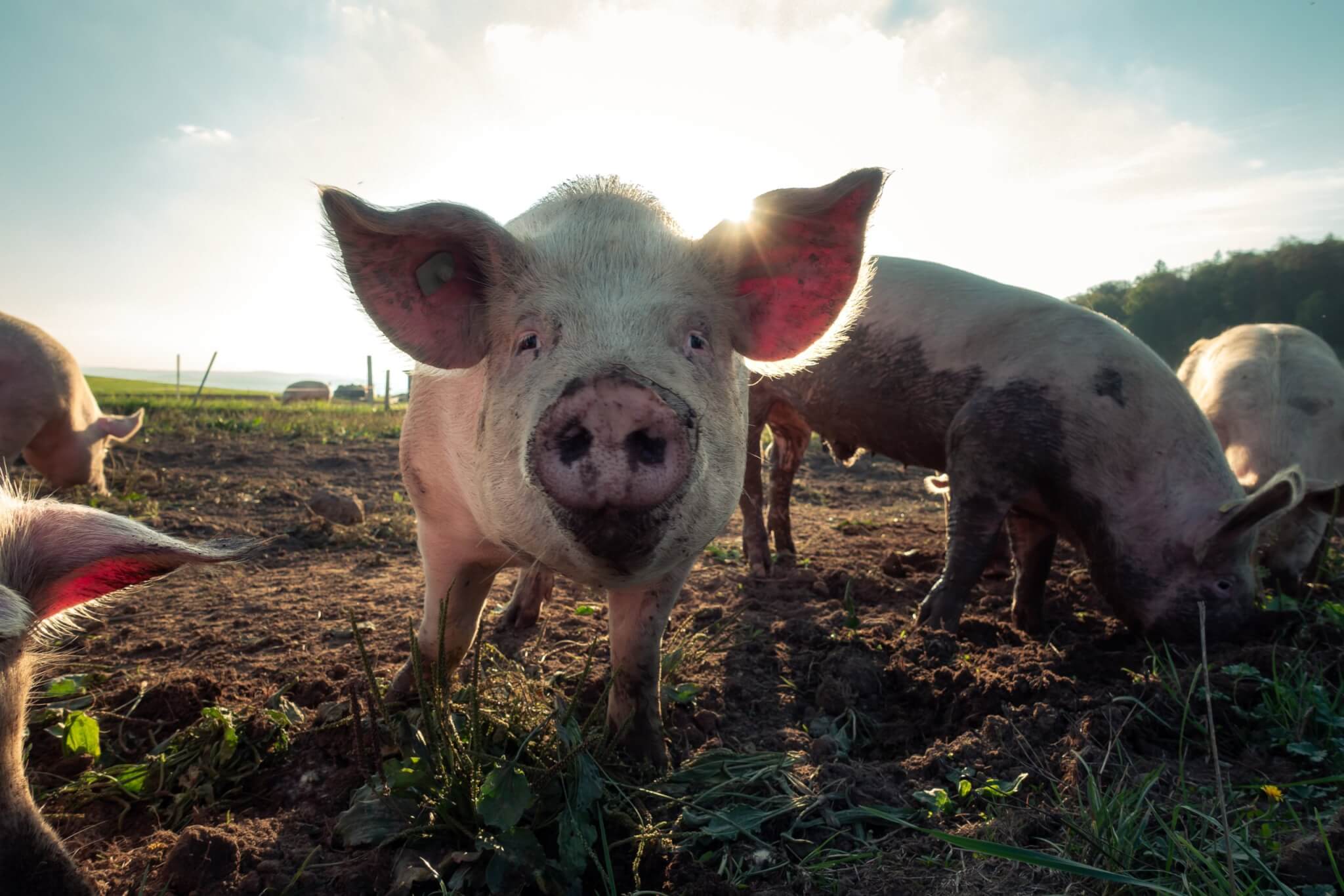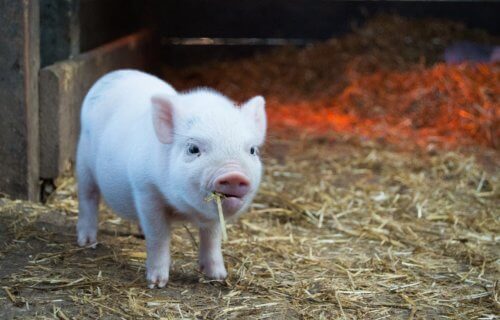COPENHAGEN, Denmark — When you’re eating bacon for breakfast, are you thinking about the pig’s welfare or the pork industry’s impact on climate change? A new study finds meat eaters choose animal welfare over climate concerns when it comes to making the world a better place.
Researchers from the University of Copenhagen’s Department of Food and Resource Economics sought to understand consumer attitudes toward pork production, particularly in relation to climate-friendly practices. The study involved respondents from Denmark, Germany, the United Kingdom, and Shanghai, China, shedding light on what factors influence their willingness to pay more for pork.
Pork production is under scrutiny on various fronts, including antibiotic use, infectious diseases, animal welfare, and environmental impacts. While industries like beef, coffee, and chocolate are known for their contributions to climate change, the pork industry remains a significant emitter of carbon dioxide, releasing hundreds of millions of tons annually.
Consumer preferences: Animal welfare tops the list
The survey uncovered a compelling trend: a majority of respondents from Denmark, Germany, and China, as well as around 60 percent of British participants, were willing to pay extra for pork that offered various improvements. These enhancements included better animal welfare, reduced climate impact, decreased use of antibiotics, assurance of freedom from harmful bacteria, and a diet not reliant on soy, which contributes to rainforest deforestation.
What stood out was that, for European consumers, the top priority when paying extra for pork was improved animal welfare.
“The answers clearly demonstrate that focusing solely on climate improvements in pork production is not what consumers care most about when buying pork,” says study senior author Peter Sandøe, professor at the University of Copenhagen, in a university release. “They see it as important that pigs have had a good life, and that this is more important than climate-friendly production. This applies to many consumers in Denmark, Germany and the UK.”
Researchers were surprised that climate considerations ranked lower among consumer concerns, despite the heightened awareness of climate change in recent years.

Animal welfare vs. climate: A clear consumer choice
When asked to choose between improving pig welfare and reducing the climate footprint, the majority of respondents across all four countries prioritized pig welfare.
“If one is out there as a consumer and buying a piece of meat for dinner, you feel that you have the ability to do something for the individual pig and its welfare,” notes study co-author Thomas Bøker Lund, an associate professor at the University of Copenhagen. “But when it comes to the piece of meat’s climate impact, the connection is less clear. Many consumers do not think that they can make a real difference for the climate through their pork purchase behavior, and many prefer to do something for the climate in other ways.”
This suggests that simply labeling pork as climate-friendly may not align with consumer preferences and may not effectively address climate concerns.
The challenge of making a difference for the climate
While a majority of consumers were open to paying up to 20 percent more for pork, researchers noted that this additional cost did not yield significant improvements in animal welfare.
“Calculations reveal that it costs around 25 percent more just to produce a chicken that is not a so-called turbo-growing chicken. And there, only one parameter has been changed,” explains Sandøe. “As for pigs, an indoor pig, where only slight improvements to the barn have been made, easily costs 20 percent extra. So there isn’t much that can be improved for so little money.”
Researchers argue that innovative approaches are needed by pork producers and policymakers to improve pig welfare. Suggestions include reducing the number of similar products on store shelves, possibly through national agreements that only allow pork meeting specific animal welfare criteria to be sold.
“In many counties mortality among piglets is sky-high and there are far too many sows that cannot withstand the production pressure as a consequence of their already being pushed so hard,” says Sandøe. “So, instead of increasing production pressure yet further in the name of climate protection, we should, on the contrary, set higher minimum requirements for pig welfare and hopefully get them through at the EU level as well.”
The study is published in the journal Livestock Science.
You might also be interested in:
- What is ethical animal research? A scientist and veterinarian explain
- Wild pigs are having a bigger climate change impact than one million cars
- A meat-free diet across the world still won’t fix climate change, researchers say

